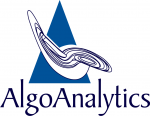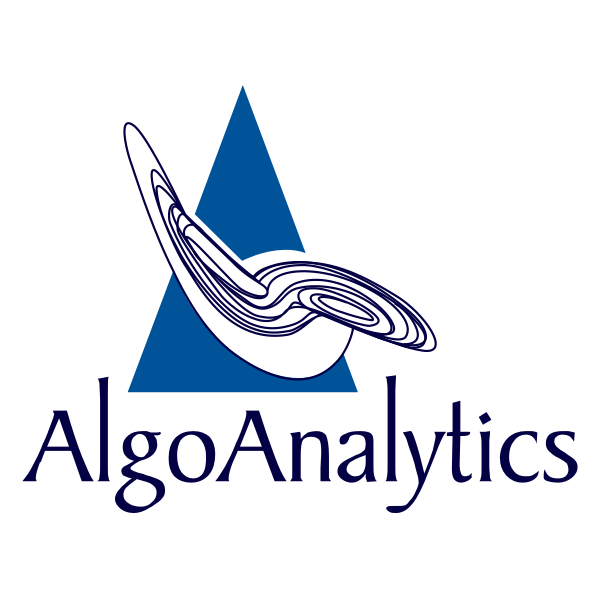By km Alankrata
Introduction
As AI applications become more sophisticated, managing complex workflows efficiently is a growing challenge. Whether it’s handling multiple user queries, analyzing large datasets, or automating decision-making, AI workflows demand structure, adaptability, and efficiency.
By organizing tasks into a network of interconnected steps, a powerful framework like LangGraph ensures smooth execution, maintains context across processes, and enables smarter automation. This makes it perfect for building advanced AI systems, chatbots, automation pipelines, and more.
In simple terms, LangGraph provides a seamless way to manage multi-step AI logic.
What is LangGraph?
LangGraph is a framework that helps build and manage AI workflows by organizing tasks into a structured flow. It works like a decision-making system where different steps (called nodes) are connected, ensuring that each task runs in the right order. These steps can involve fetching data, analyzing information, making decisions, or interacting with external tools.
One of LangGraph’s key strengths is maintaining context (state) throughout the process, allowing each step to use relevant information from previous steps. This makes it useful for building multi-step AI applications like chatbots, automated assistants, and intelligent data pipelines.
Why use LangGraph?
LangGraph helps in organizing and managing complex workflows in AI projects, especially when multiple tasks need to be completed in a sequence. It lets you create a network of interconnected tasks, each handled by a specific agent or model, and allows you to control how information flows between them. This makes it easier to build intelligent systems that can automatically decide which task to handle next, ensuring that everything is done efficiently and in the right order. It simplifies the process of creating advanced AI solutions by breaking down complex tasks into manageable pieces, making AI solutions more scalable and robust..
Key Components of Langgraph
- State(Context management):
Acts as the memory of the workflow, ensuring that each step has access to relevant data from previous steps, enabling dynamic decision-making based on accumulated insights. This helps maintain context throughout the execution, making the workflow more intelligent and adaptable.
- Nodes:
The core components of the workflow, representing distinct tasks or actions. Each node performs a specific function, such as analyzing input, making a decision, or fetching external data. They can be customized to handle different operations, allowing for a modular and structured approach to building complex AI-driven workflows.
- Edges:
Define how nodes are connected and how information flows between them. They control the execution path, enabling conditional branching where decisions can alter the direction based on the current state. By linking different tasks together, edges ensure seamless transitions between steps, making workflows more efficient and responsive to real-time conditions.
Use Cases for Langgraph
Healthcare Diagnostics:
- Scenario: A healthcare provider needs to diagnose a patient based on symptoms.
- LangGraph Workflow:
- One agent collects patient symptoms.
- Another retrieves medical records and previous history.
- A third agent consults medical databases for similar cases.
- LangGraph combines these results to generate a comprehensive diagnostic suggestion for doctors.
Financial Portfolio Management:
- Scenario: A financial advisor provides personalized investment advice to clients.
- LangGraph Workflow:
- One node assesses the client’s financial goals and risk tolerance.
- Another analyzes current market conditions.
- A third node formulates an optimal investment strategy.
- The workflow dynamically adjusts strategies based on market fluctuations or updated client preferences.
How LangGraph Supercharges AI Pipelines with LangChain, OpenAI, and Hugging Face
LangGraph takes LangChain to the next level by adding graph-based workflows, making AI automation more structured and scalable. By combining it with OpenAI’s API and Hugging Face models, you get a modular, efficient, and adaptable AI pipeline.
LangGraph + LangChain: Smarter Workflows
- LangGraph helps organize multi-step AI processes using directed acyclic graphs (DAGs).
- You can set up multiple agents that work together, one might extract keywords, another fetch relevant data, and a third generate responses.
Example: A chatbot workflow where one agent understands user intent, another retrieves data, and a final agent crafts a human-like response.
LangGraph + OpenAI API: Powering AI with LLMs
- OpenAI’s GPT models fit seamlessly into LangGraph, handling content generation, task planning, and decision-making.
- It optimizes API calls, preventing unnecessary requests and keeping things efficient.
Example: A document automation pipeline where one node categorizes files, another summarizes content, and a third generates structured reports.
LangGraph + Hugging Face: Open-Source Flexibility
- Use BERT, T5, Whisper, and more within LangGraph to handle NLP, translations, or speech recognition.
- You can switch between OpenAI and Hugging Face models depending on cost, speed, or accuracy needs.
Example: A multi-modal AI system where Hugging Face’s wav2vec2 transcribes speech, and GPT refines the text into a polished summary.
Why This Integration Works So Well
Scalable – Easily handle complex, multi-step AI tasks.
Customizable – Mix and match OpenAI and Hugging Face models based on needs.
Efficient – Reduces redundant processing and optimizes performance.
Modular – Swap out different components without breaking the entire system.
With LangGraph, LangChain, OpenAI, and Hugging Face, you can build AI pipelines that are more structured, adaptable, and optimized for automation, all while keeping things flexible and cost-effective
Limitations & What’s Coming Next in LangGraph
Current Limitations:
- Debugging is tricky – No built-in real-time graph visualization makes tracking workflows harder.
- Limited integrations – You often need custom connectors for databases, APIs, or vector stores.
- Parallel execution isn’t perfect yet – True concurrency and event-driven workflows need improvements.
- Tightly tied to LangChain – Any updates or changes in LangChain can impact LangGraph setups.
What’s Coming Next?
- Better debugging & visualization – Think real-time tracking of workflows.
- True parallel execution – Async & event-driven pipelines in the works.
- Easier integrations – More plug-and-play support for vector stores, databases, and APIs.
- Smarter model switching – Automatically pick between OpenAI, Hugging Face, or local models for cost/performance balance.
- More autonomous agents – Self-correcting workflows that refine responses on the fly.
Conclusion
LangGraph is redefining how AI workflows are structured and executed. By breaking down complex processes into modular steps, maintaining context across executions, and enabling intelligent decision-making, LangGraph simplifies AI automation at scale.
With LangGraph, developers can design flexible, scalable, and structured AI solutions, making it easier to handle multi-step logic and create more efficient workflows. Whether you’re working on conversational AI, automation, or AI-driven decision systems, LangGraph simplifies the process, allowing for greater control and adaptability in real-world applications.
References:
- https://www.ibm.com/think/topics/langgraph
- https://medium.com/towards-agi/how-to-implement-langgraph-in-your-langchain-projects-a9f496987858
- https://cloud.google.com/vertex-ai/generative-ai/docs/reasoning-engine/develop-langgraph

